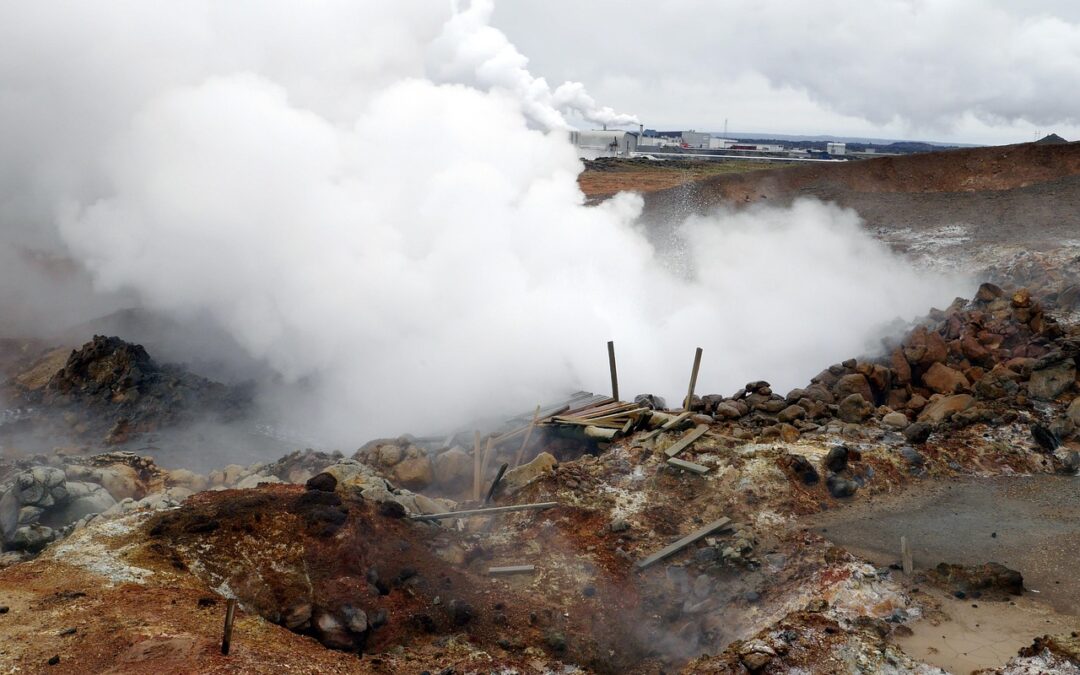Ensuring the safety of workers involved in blasting and explosives handling is crucial in the mining industry. With the inherent risks associated with the use of explosives, it is essential to adhere to strict regulations and safety standards to prevent accidents and protect personnel. Key regulations for safe blasting and explosives handling, combined with proper storage and handling practices, help minimize the potential for dangerous incidents.
This article will explore the critical safety precautions, procedures, and regulatory frameworks that govern blasting operations in mining. We will examine the importance of proper explosives storage, the necessary training and certification for blasting personnel, and how compliance with these regulations can effectively prevent blasting incidents and enhance overall safety in mining operations.
Overview of Explosives Regulations and Safety Standards in Mining
Mining is one of the most regulated industries when it comes to the use of explosives. This is due to the high risk involved in handling and detonating materials underground or on surface operations. Understanding the key regulations for safe blasting and explosives handling is vital for preventing accidents and protecting workers.
Governments and industry organizations enforce rules covering storage, transport, use, and disposal of explosives. Standards like the Mine Safety and Health Administration (MSHA) regulations in the U.S. and similar authorities worldwide define how explosives must be managed. These standards focus on:
- Proper licensing
- Secure storage
- Authorized personnel only handling explosives
- Documentation and tracking
- Emergency procedures
Key Safety Precautions for Handling Explosives in Mining
To ensure everyone’s safety, mines must follow strict safety precautions for handling explosives. These include:
- Only trained and certified personnel may handle or detonate explosives.
- No smoking, sparks, or open flames near storage or blasting sites.
- Use of personal protective equipment (PPE).
- Safe transportation methods.
- Separation of detonators and explosive materials until use.
By following these precautions, mines drastically reduce the risk of accidental ignition.
Safe Blasting Procedures and Risk Mitigation
Effective safe blasting procedures require planning, precision, and communication. Here are the key steps:
- Conduct a thorough risk assessment before each blast.
- Use blasting plans approved by qualified engineers.
- Clear the blast area of all non-essential personnel.
- Use remote detonation whenever possible.
- Inspect the area post-blast for misfires or residual hazards.
These measures not only improve safety but also enhance operational efficiency.
Blasting Safety Standards and Safe Explosives Storage Practices
Maintaining safe explosives storage practices is crucial. Guidelines typically include:
- Storing explosives in licensed, locked magazines.
- Keeping detonators and explosives in separate magazines.
- Regular inspection of storage facilities for damage, leaks, or temperature issues.
- Clearly labeling all explosive materials.
Additionally, proper inventory management helps track usage and identify missing or expired products.
Licensing, Certification, and Training for Blasting Personnel
The role of training can’t be overstated. Workers involved in blasting must complete:
- Government-approved training courses
- Periodic refresher classes
- Practical assessments under supervision
Training includes topics such as blast design, handling procedures, emergency response, and compliance. Only after completing training can workers receive certification or a blasting license.
Compliance Monitoring and Enforcement of Safe Blasting Practices
To ensure that rules are followed, regulatory agencies conduct regular inspections. Compliance monitoring involves:
- Reviewing training and license records.
- Checking storage and usage logs.
- Inspecting equipment and PPE.
- Investigating past incidents or violations.
Non-compliance can lead to fines, shutdowns, or even criminal charges in severe cases. Therefore, maintaining safe blasting practices is both a legal and ethical responsibility.
Emergency Response and Incident Management in Blasting Operations
Despite all precautions, emergencies may still occur. A solid emergency response plan should include:
- Clear evacuation procedures
- First aid and medical readiness
- Communication plans to notify authorities and families
- Investigation and documentation processes
Regular drills help workers stay prepared and confident in handling such situations.

National vs. International Mining Regulations for Blasting Safety
Mining companies operating in multiple countries must adapt to both national and international regulations for blasting safety. While local laws vary, global frameworks from the International Labour Organization (ILO) or the International Society of Explosives Engineers (ISEE) promote consistent best practices.
Understanding regional differences while aligning with global standards ensures broader compliance and safer operations worldwide.
Strengthening Safety Protocols for Explosives Handling and Blasting
Following the key regulations for safe blasting and explosives handling isn’t just a legal requirement—it’s a commitment to human life and operational success. By investing in training, using modern technology, adhering to strict safety standards, and staying compliant with both local and international regulations, mines can significantly reduce risks and protect their workers.

